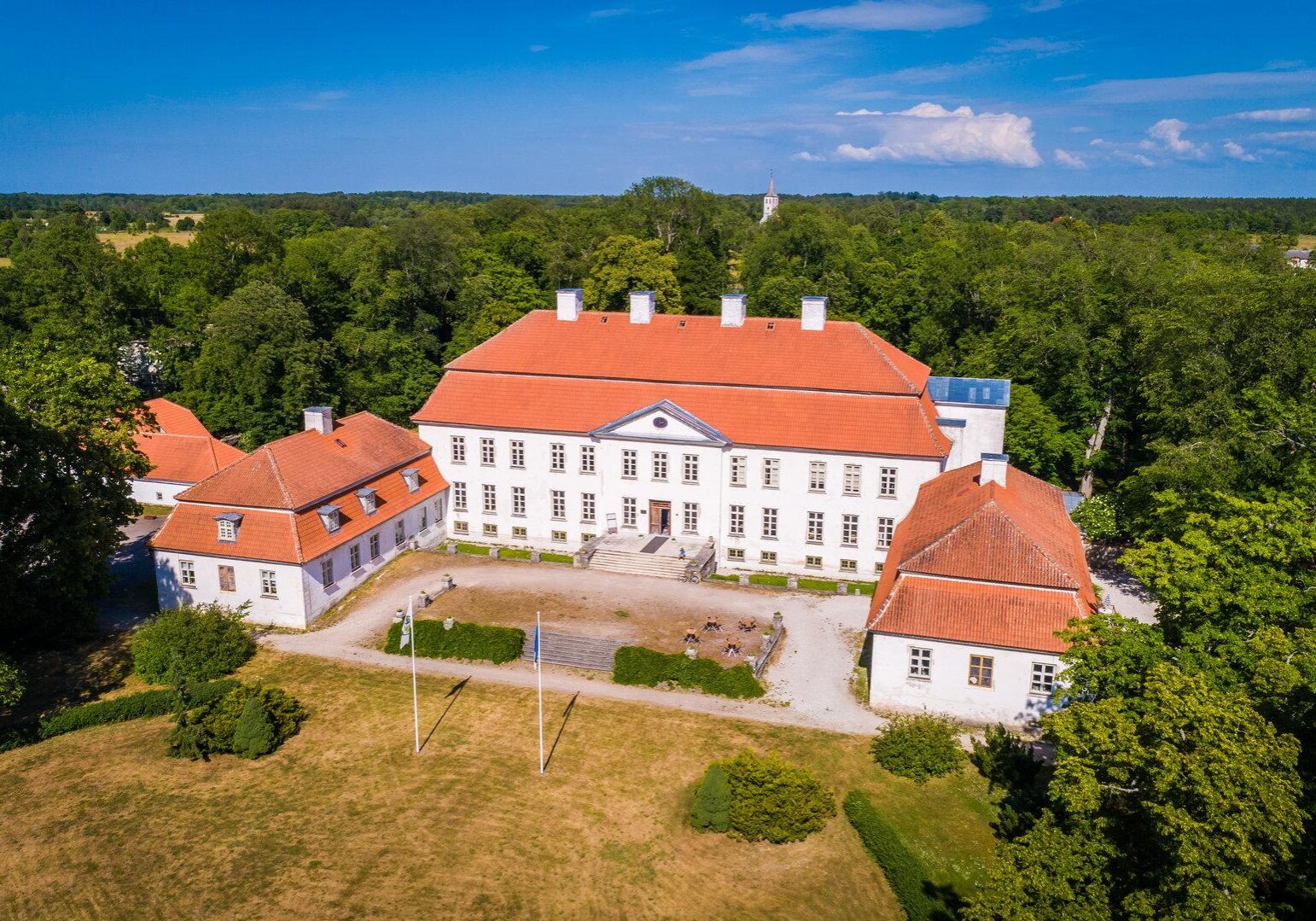Following the manors

One long period of Estonian history, about 600-700 years, can be summed up by the word manor age. About 30 manors are known from this period in Hiiumaa, including church and pastoral manors. Manorial officials and landlords, mostly Baltic Germans, had a significant influence on local life through their ownership of large estates and the peasants who lived on them. The manorial system encouraged and caused injustice, including economic coercion and social inequality. On the other hand, the estates also brought us much that was new from the wider world, be it new working methods, plant varieties, recipes or developments in school and church life.
At the beginning of the 20th century, the time of the former manors was over. During the time of the Republic of Estonia (1918-1940), there were still a few functioning manors and estates leased to previous owners, but the manor life of the old days was no more. It was then that this long-lasting economic and political system of sorts finally fell apart. The manor’s buildings and land were taken over by new owners, be they former estate workers, farmers, companies or the state. Many large and magnificent buildings fell into disrepair for lack of the right owner and money.
The route includes the following stops:
See other routes
Not all of us are born sailors, but you can get a small taste of the maritime life by travelling around the world. Especially, of course, if that land is the island of Hiiu. Why were lighthouses built, how are harbours developed, when did iron ships replace wooden ones and are there still fish in the sea? Keep in touch with the sea and you’ll learn a lot about it.
Hiiumaa can be explored in many ways: by walking around with a backpack on, by driving through important places with a guide, or by setting up and discovering routes yourself with the help of maps, guidebooks and internet information. The lighthouse journey is one option.
Where did you get such a name-lighthouse tour? This is another update of an old idea.
1990. Douglas Wells, a peace corpsman from far away Nebraska, volunteered in Hiiumaa. He has even written a book about his life in Estonia called “The Adventures of the Yankee in Hiiumaa”. One of the things with which he left his mark on Hiiumaa was the marked and labelled objects and the accompanying book with explanations. All this was intended for tourists arriving by car on the island, which had been freed from the border zone. New and modern information boards have now arrived, but the book still remains. Slight changes have been made to the objects that will be presented – but the idea itself has also remained the same. This means that the lighthouses, with their beams of light, act as guides and signposts for discovering the island of Hiiumaa.
People around the world are increasingly moving to cities. But only well-functioning villages can sustain rural life. Indeed, there is only one small town on the island of Hiiu, Kärdla, but over 180 villages. The story of how each village came to be and the sequence of events is different. But it’s exciting to search and find what catches their eye today. Whether it’s a preserved windmill, an old manor house, the story of a great man or a modern business in operation. Start looking and experiencing!
Small Hiiumaa has offered the world many greats, such as composer Rudolf Tobias, artist Ülo Sooster or writer Evald Mänd (Ain Kalmus). There are many other creative people who were born, lived, created or rested on the island, and we all have something to learn from them. Find their footprints, their creations and their thoughts!
